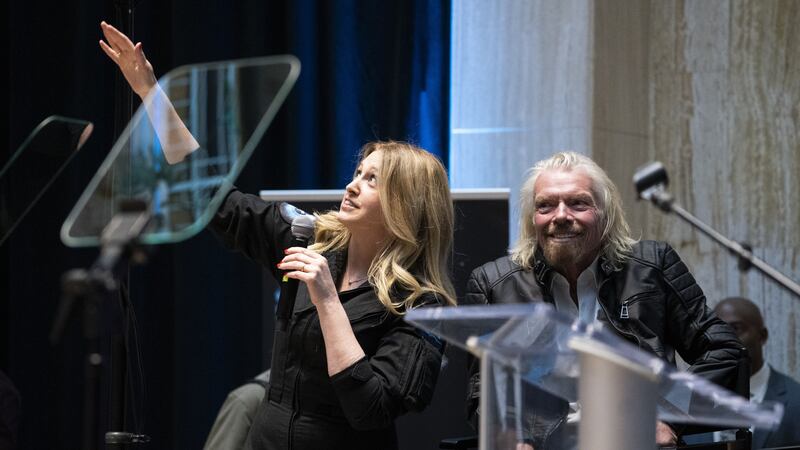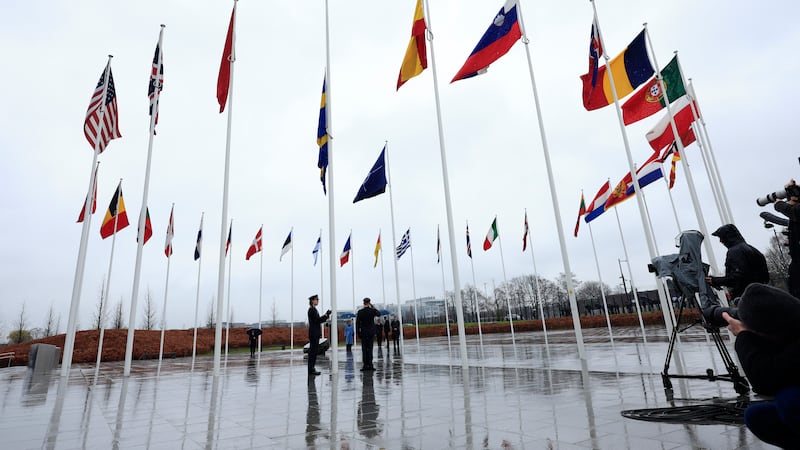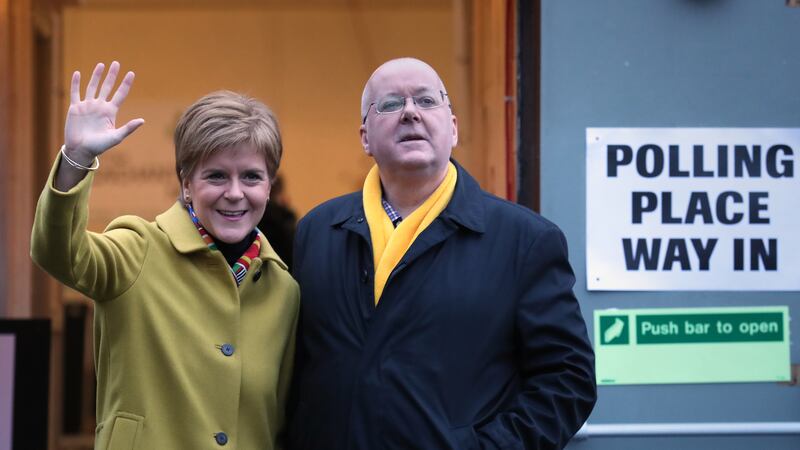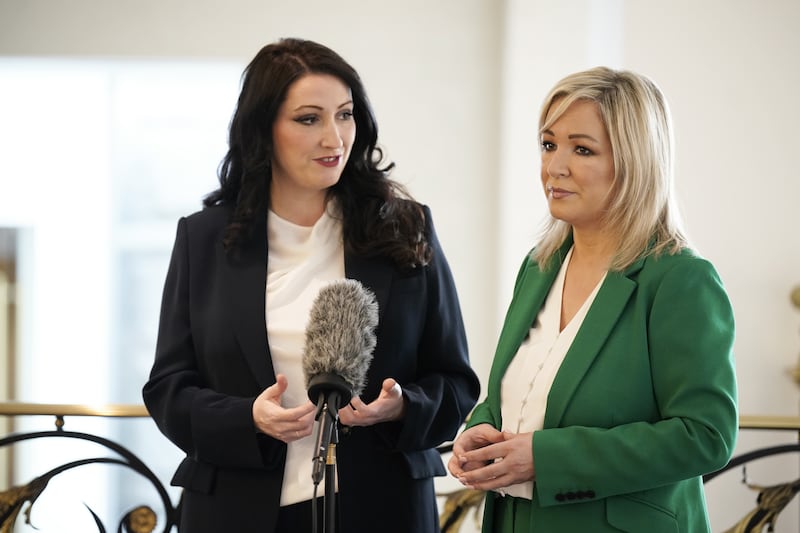Sir Richard Branson is moving Virgin Galactic’s passenger rocket and more than 100 employees from California to a launch and landing facility in New Mexico, bringing his space tourism dream closer to reality.
The billionaire businessman told a news conference that Virgin Galactic’s development and testing programme has advanced enough to make the move to the hangar and runway at the Spaceport America facility.
Virgin Galactic CEO George Whitesides said a small number of flight tests are pending. He declined to set a specific deadline for the first commercial flight.
An interior cabin for the company’s space rocket is being tested, and pilots and engineers are among the employees relocating from California to New Mexico. The move to New Mexico puts the company in the “home stretch”, Mr Whitesides said.
The manufacturing of the space vehicles by a sister enterprise, The Spaceship Company, will remain based in the community of Mojave, California.
Taxpayers invested over 200 million dollars in Spaceport America after Sir Richard and then governor Bill Richardson, a Democrat, pitched the plan for the facility, with Virgin Galactic as the anchor tenant.
Virgin Galactic’s spaceship development has taken far longer than expected and had a major setback when the company’s first experimental craft broke apart during a 2014 test flight, killing the co-pilot.
Sir Richard thanked New Mexico politicians and residents for their patience over the past decade. He said he believes space tourism is likely to bring about profound change.
“Our future success as a species rests on the planetary perspective,” Sir Richard said. “The perspective that we know comes sharply into focus when that planet is viewed form the black sky of space.”
He described a vision of hotels in space and a network of spaceports allowing supersonic, transcontinental travel anywhere on earth within a few hours. He indicated, however, that building financial viability comes first.
“We need the financial impetus to be able to do all that,” he said. “If the space programme is successful as I think … then the sky is the limit.”
In February, a new version of Virgin Galactic’s winged craft SpaceShipTwo soared at three times the speed of sound to an altitude of nearly 56 miles (99 kilometres) in a test flight over Southern California, as a crew member soaked in the experience.
On Friday, that crew member, Beth Moses, recounted her voyage into weightlessness and the visual spectacle of pitch-black space and the earth below.
“Everything is silent and still and you can unstrap and float about the cabin,” she said. “Pictures do not do the view from space justice. … I will be able to see it forever.”
The company’s current spaceship does not launch from the ground. It is carried under a special plane to an altitude of about 50,000 feet (15,240 metres) before detaching and igniting its rocket engine.
“Release is like freefall at an amusement park, except it keeps going,” Ms Moses said. “And then the rocket motor lights. Before you know it, you’re supersonic.”
The craft coasts to the top of its climb before gradually descending to earth, stabilised by “feathering” technology in which twin tails rotate upward to increase drag on the way to a runway landing.
Sir Richard previously has said he would like to make his first suborbital flight this year as one of the venture’s first passengers on the 50th anniversary of the Apollo 11 moon landing on July 20. But he made no mention of timelines on Friday.
Pressed on the timeframe, Mr Whitesides said he anticipates the first commercial flight within a year.
Three people with future space-flight reservations were in the audience.
“They’ve been patient too,” Sir Richard said. “Space is hard.”
Hundreds of potential customers have committed as much as 250,000 dollars up front for rides in Virgin’s six-passenger rocket, which is about the size of an executive jet.








